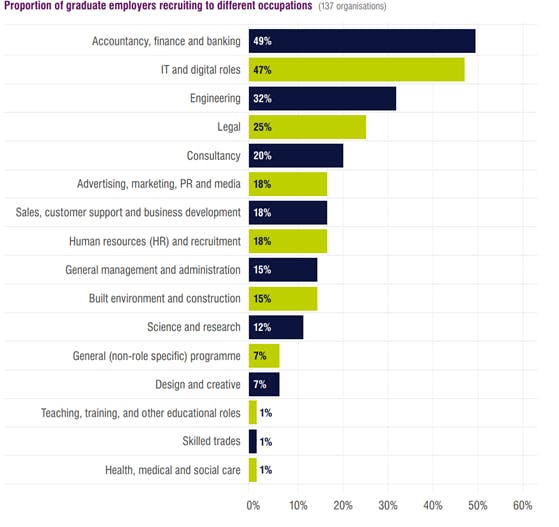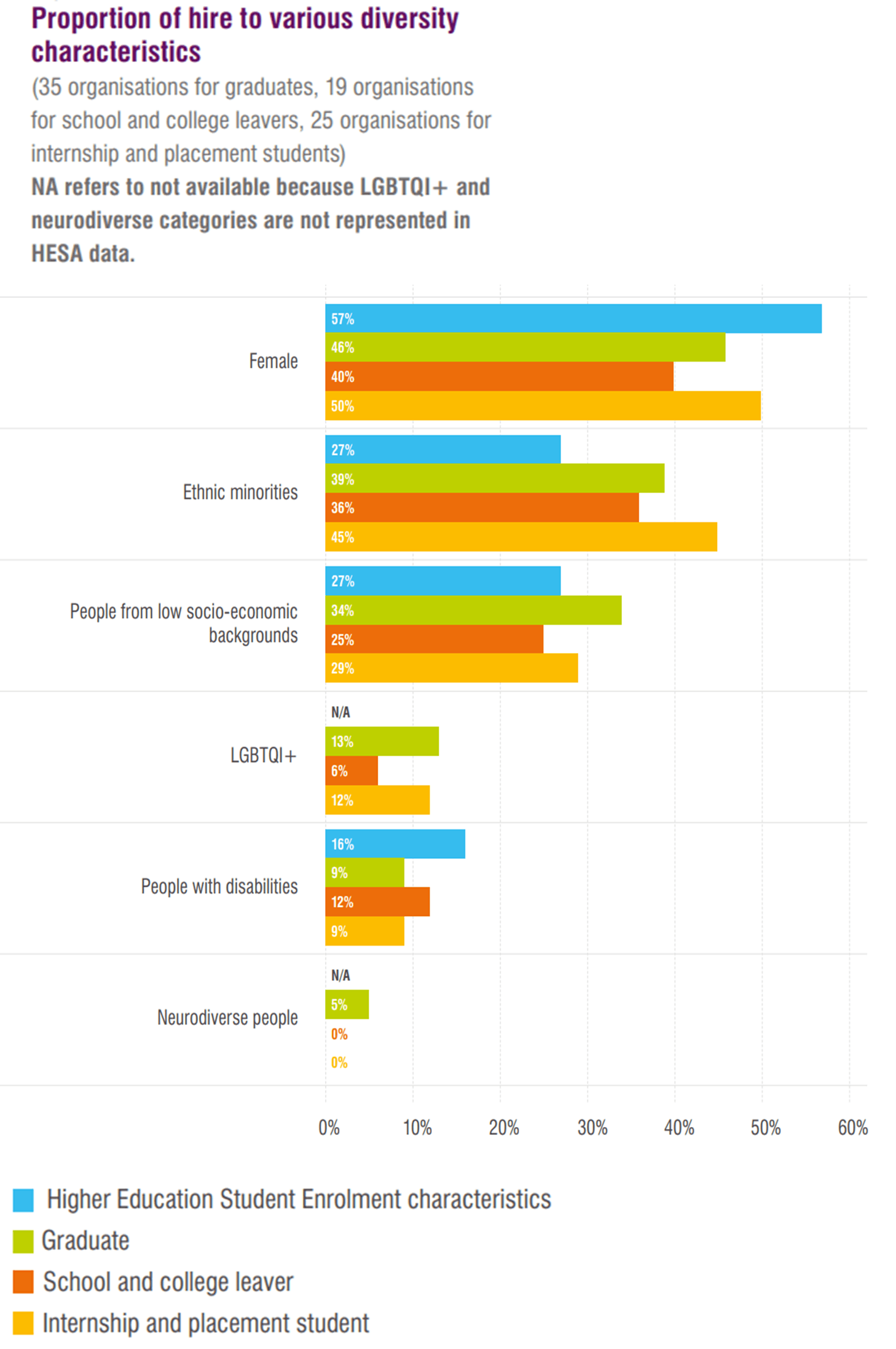Institute of Student Employer's annual Student Recruitment Survey sheds light on the current state of skills needs, diversity efforts and more, explains ISE's head of insights Georgia Greer
With the UK economy only expected to grow by 0.3% in 2023, you might expect employers to take a restrained approach to student recruitment.1 But they aren't - student hiring increased by 16% in 2022/23 according to the latest Institute of Student Employers (ISE) annual Student Recruitment Survey.
While graduate recruitment grew by 6% in the last year, school and college leaver hiring increased by 20%. School and college leaver growth comes from a lower base rate and therefore is still a fraction of the much larger graduate market.
As we look forward to the next recruitment season, employers expect to increase student hires by 9% in 2023/2024. So, what’s driving this continued demand for student talent?
Skills, skills, skills
While the needs for student talent fluctuate by sector year-on-year, what is clear is that the need for student talent to meet employers' demand for skills continues to grow. Employers from all sectors reported a growing need for a range of skills-based roles such as accounting and finance (49% of all employers), and IT and digital skills (47% of all employers).

When looking to the future, over half (54%) believe they will move to skills-based recruitment in the future. Coupled to this prediction is a continued reduction in employers requiring minimum levels of academic achievement.
In 2022, the number of employers using a 2.1 degree as a minimum dropped below 50% for the first time. Now the figure has dropped another four points to 44%. For the first time this year, less than 1 in 10 employers (9%) set minimum UCAS A-level grade requirements. A decade ago, the proportion was 40% and 76% for A-levels and 2:1s respectively.
Meanwhile more than a third (34%) of all employers surveyed believe they will drop all qualification requirements in the next five years.
This increasing value being placed on skills development and student talent is backed up by government predictions that the UK economy needs more skilled workers - an additional 2.5 million by 2035.
Live and in-person recruitment
One of the largest trends in this year's report is the move back to more live and in-person student recruitment activities. Employers told us that the most effective way to engage and assess the potential of student talent was through live and in person activities, with 51% of employers telling us they found in person attraction and marketing activities providing the highest levels of student engagement, and 47% stating they generated the most high-quality applications.
That said, employers are also turning to technology increasingly to improve hiring efficiencies. Nearly a third (28%) of employers are now using AI in their recruitment processes, up from just 9% last year. Nearly two thirds (64%) of employers told us they mainly use AI to manage large volumes of applications.
Given the average organisation received 86 applications per vacancy - up 23% on last year - we expect the balance of human centric and technology driven recruitment activities to be a trend to watch over the coming years.
Diversity and data
Diversity remains a key deliverable for student recruitment teams. In our analysis we compare the profile of employer hires to student demographics. On some measures student intakes are more diverse than the student population, but not on all.
Both female and students with disabilities are still less likely to succeed in the student jobs market than the demographic data suggests.
And while employers are doing better at recruiting students from low socio-economic backgrounds onto graduate programmes, they are underrepresented on school-leaver and apprentice programmes.

One caveat in our diversity data is that two thirds of members are still not collating and/or assessing diversity data to inform their targets. We would like to see more employers using data to better understand and improve their approach, and the outcomes for students.
With the world of student recruitment ever evolving, the ISE will continue to track how and why the demand for student talent is changing.
As well as supporting employer best practice, we hope this data and insight can help careers services to prepare graduates for the future of work.
Notes
Charts supplied by ISE.
Was this page useful?
Thank you for your feedback
